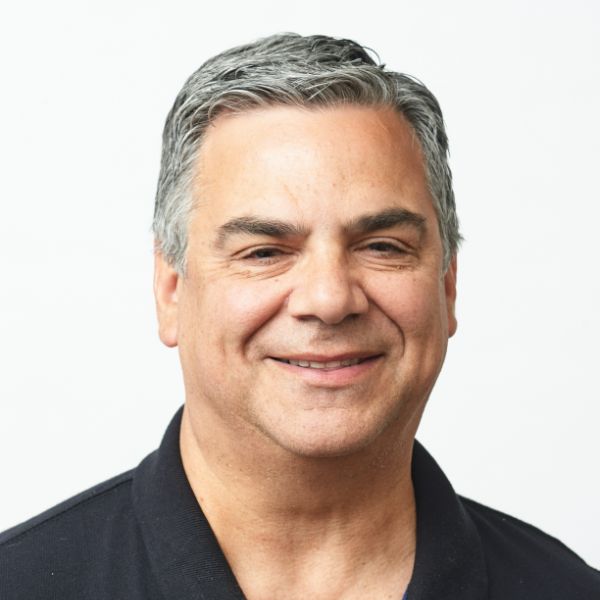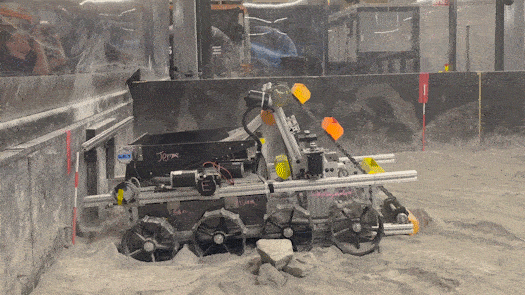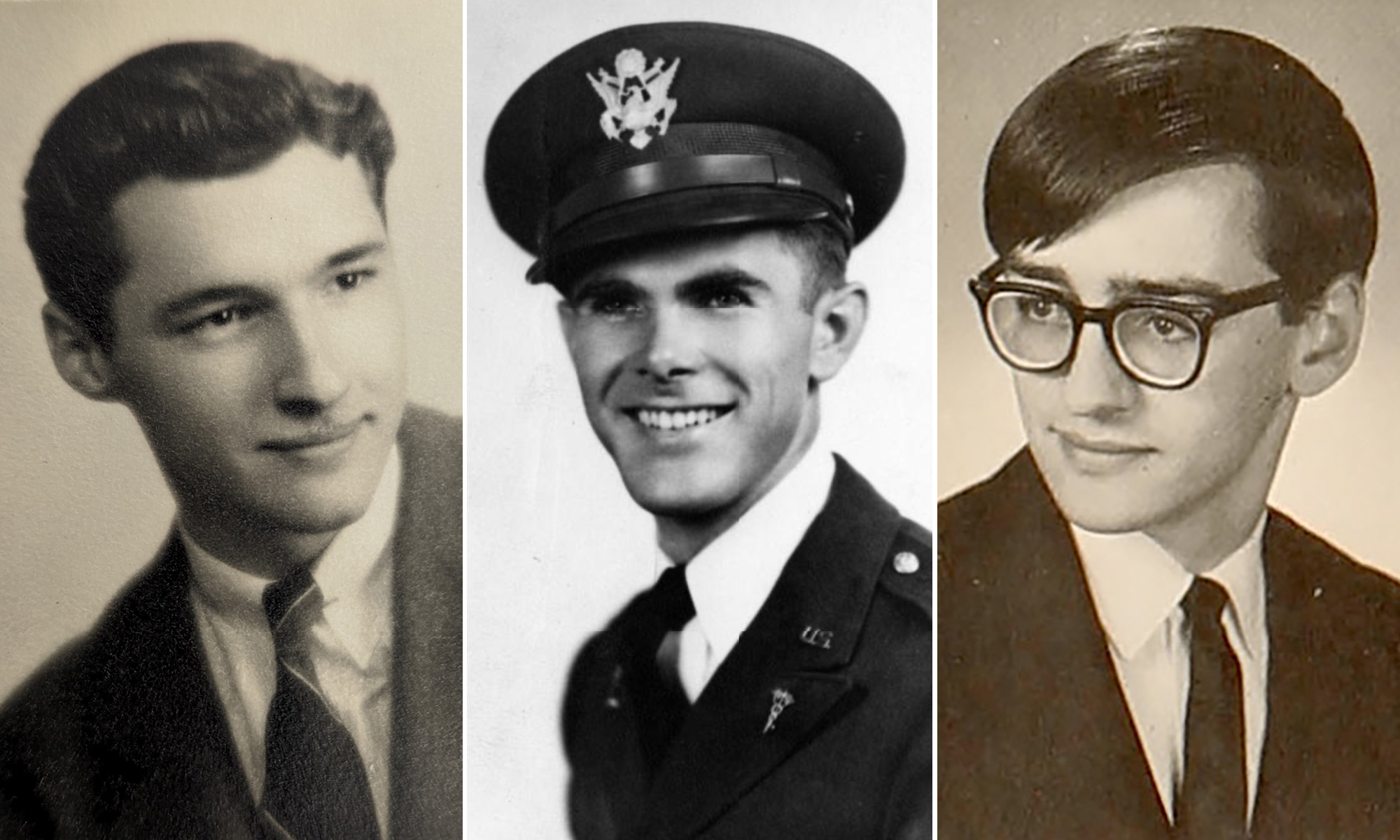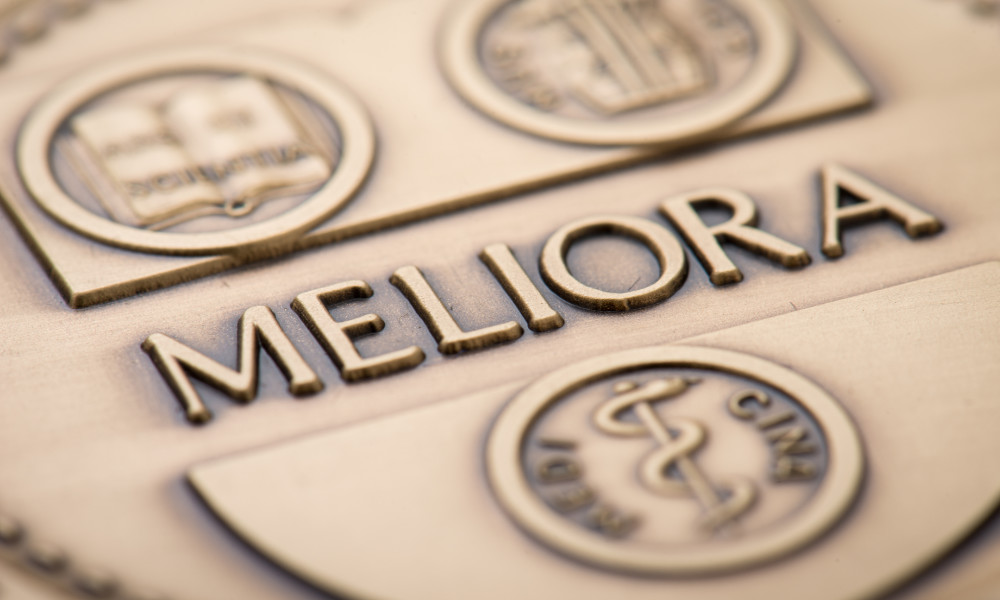The Clarissa Uprooted exhibit was created with undergraduates playing major roles.
Brynn Murphy-Stanley ’23 originally planned to pursue a PhD and become a college professor after graduating from the University of Rochester. Now, she’ll pursue a law degree with hopes of working with residents in Black and Brown communities who are seeking a greater voice for themselves in the issues that affect their daily lives.
What changed? Her work with the Center for Teen Empowerment, a nonprofit organization whose mission is to empower youth-led social change by employing and training youth to work with adults toward goals of peace, equity, and justice.
“It’s really impacted me,” says Murphy-Stanley, a Syracuse, New York, native with one major in African American studies and another in gender, sexuality, and women’s studies. “When you’re in an academic institution, you can be stuck in an academic mindset. But there’s another world out there. Teen Empowerment showed me the ways that communities can be valued and supported, and how Black and Brown lives deserve celebration and a voice.”
Teen Empowerment has offices in Boston and Somerville, Massachusetts, as well as Rochester. Each fall, the organization hires youth organizers to work in their hometowns—in Westside and Eastside neighborhoods in Rochester—and engage more than 1,000 peers and community adults in building strong, healthy communities. In 2020, they forged a relationship with the College, with students working as interns (and, in some case, landing paid jobs) on special projects.
Starting in 2021, Murphy-Stanley and Sakhile Ntshangase ’21 worked with Teen Empowerment on the Downtown Rochester art exhibit Clarissa Uprooted: Unearthing Stories of Our Village (1940s–early 1970s), carried out in partnership with the Clarissa Street Reunion Committee. The exhibit, which runs through July 25 in Rochester Institute of Technology’s City Art Space at 280 East Main Street in Rochester, shows how Clarissa Street, once the center of Rochester’s Black community, thriving for more than a century, was ultimately destroyed by housing discrimination in the form of redlining, the July 1964 rebellion, and displacement stemming from the federal urban renewal program of the 1950s and ’60s.
Murphy-Stanley and Ntshangase, who studied political science and history at Rochester, began working on the project as interns, transcribing interviews that would be used in the exhibit. Ntshangase, now a paralegal in a New York City law office (he’ll begin pursuing a master’s in legal studies at the University of Washington in St. Louis this fall), was later hired by Teen Empowerment as the exhibit’s project manager, where his duties included grant writing, content curating, photo digitization, creating an oral history archive, and imagining the exhibit’s physical layout and themes.
“What began as a curiosity to learn about Rochester’s history beyond the traditional classroom turned into a truly transformative experience,” he says. “The highlight was being part of a robust community of elders, teens, and scholars determined to tell the story of Rochester through the intimate experience of Clarissa Street before it was uprooted by urban renewal.”
Murphy-Stanley also went from unpaid intern to paid employee when she was charged with creating a panel on the Great Migration for the Clarissa Uprooted exhibit. The Great Migration was a period from the 1910s to the 1970s in which more than six million Black people moved from southern states to the North, Midwestern, and West to escape Jim Crow laws, and in hopes of escaping racial violence and pursuing better economic opportunities.
Murphy-Stanley worked with Molly Ball, a lecturer in the Department of History, and Blair Tinker, a research specialist for Geographic Information Systems within Digital Scholarship at the River Campus Libraries, who helped create a map used in the exhibit. “My job required reading a lot of historical documents, studying the patterns of migration, and learning the stories of older people in Rochester,” Murphy-Stanley says. “I learned that the most significant part of [Rochester’s] Great Migration happened from the 1950s to 1970s, but there was a lot of activity before that. People I interviewed talked about their parents and grandparents migrating to Rochester.”
History students reconstruct former jazz club
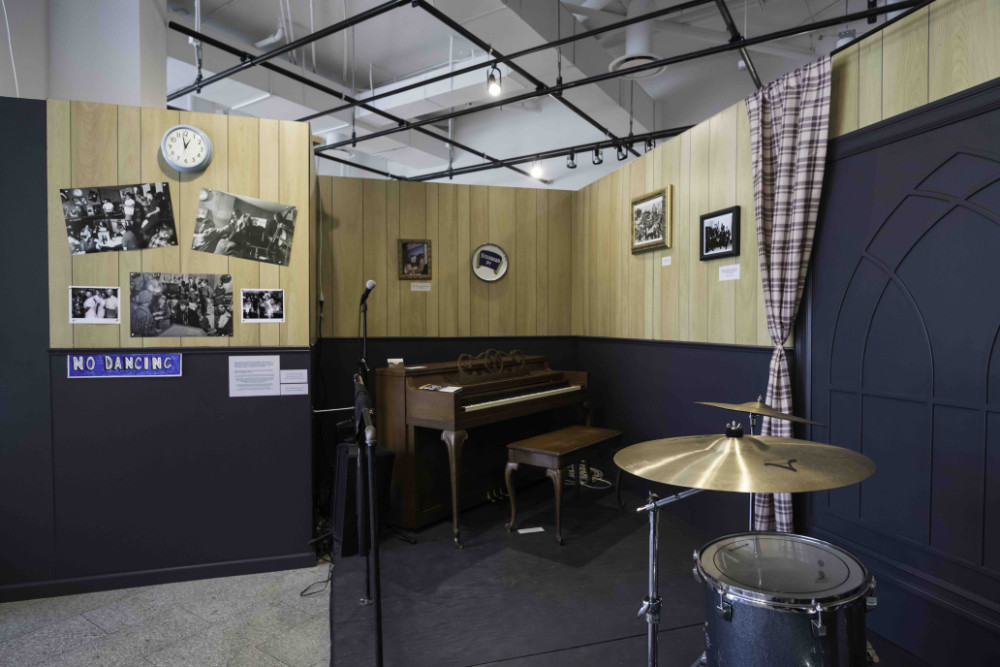
Teen Empowerment’s relationship with the University was forged in 2013, during the College’s annual Wilson Days of Engagement in dialogue about gentrification. Teen Empowerment also works with the University’s Hoekelman Center, which connects Medical Center residents eager to learn from youth about their Genesee Street neighborhood with the goal of providing more culturally responsive care. Teen Empowerment youth organizers have also provided workshops to Warner School of Education graduate students in counseling.
Its relationship with the University was strengthened after the COVID-19 pandemic forced all campuses to close in March 2020. Ball was teaching an inaugural public history course with Michael Jarvis, associate professor of history, that semester. “The pandemic threw an incredible wrench into the process,” says Ball, who serves as a mentor for Teen Empowerment interns from the College. “But the students found a way to create an impactful project.”
Working remotely, the students designed and developed a web site called Spirit of the Pythodd that showcased Rochester’s historic and diverse Corn Hill neighborhood. Their focus was on the former Pythodd Club, a onetime lively jazz club that was the heart of the neighborhood before becoming another victim of urban renewal. The students collaborated with Teen Empowerment and other community partners, and local historians, with support from the River Campus Libraries.
“Not only does the site look great,” Ball says, “but it was thoroughly researched and instrumental in the Clarissa Uprooted exhibit.”
Jennifer Banister, development and collaborations manager for Teen Empowerment, says the site is “extraordinary” given the time students in Ball and Jarvis’s class had to create it.
“Our Rochester interns have been focused and meticulous in their work on the Clarissa Street project,” she says. “They were proactive and diligent, really wanting to get the facts right. It’s been a perfect collaborative process. More than this, students like Brynn and Sakhile, and faculty who seek out community-driven efforts, are the University’s best assets for engaging honestly and meaningfully alongside Black and Brown communities in Rochester.”
Read more
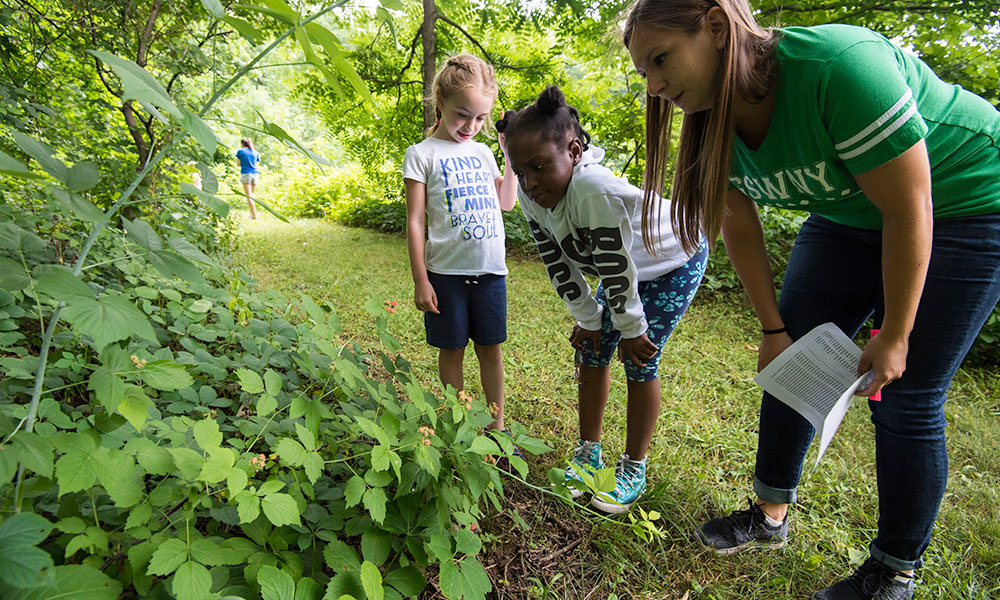 Rochester Youth Year making an impact after 10 years
Rochester Youth Year making an impact after 10 years
More than 100 graduates of Rochester-area colleges have spent their first year out of school working to alleviate poverty in the local community through the University’s Rochester Youth Year program.
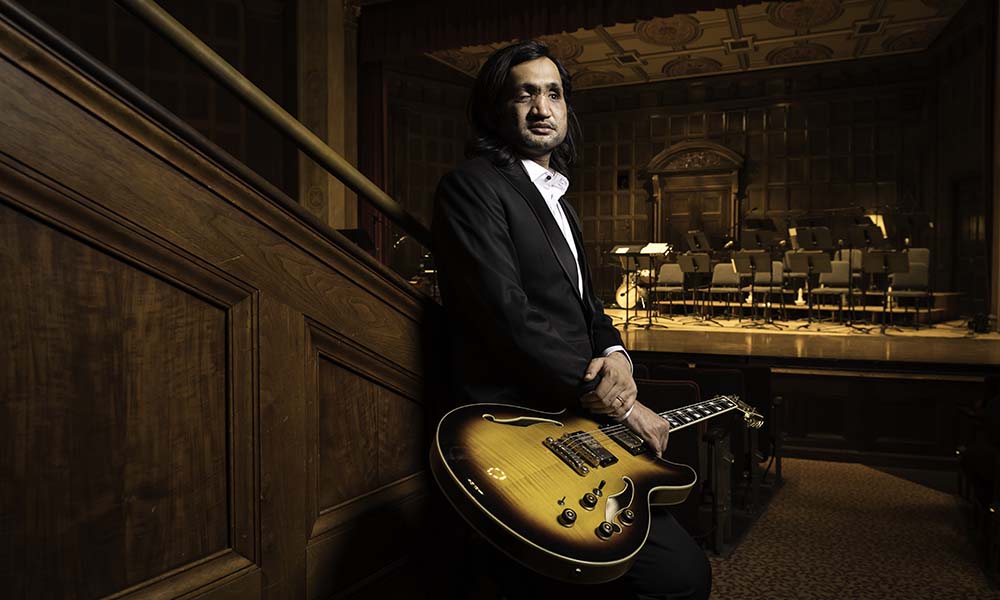 Blinded in an accident, guitar student finds community at the Eastman School
Blinded in an accident, guitar student finds community at the Eastman School
Eshaan Sood ’25, a first-year jazz guitar student at Eastman blinded in an accident in 2015, finds support and community among his teachers and peers.
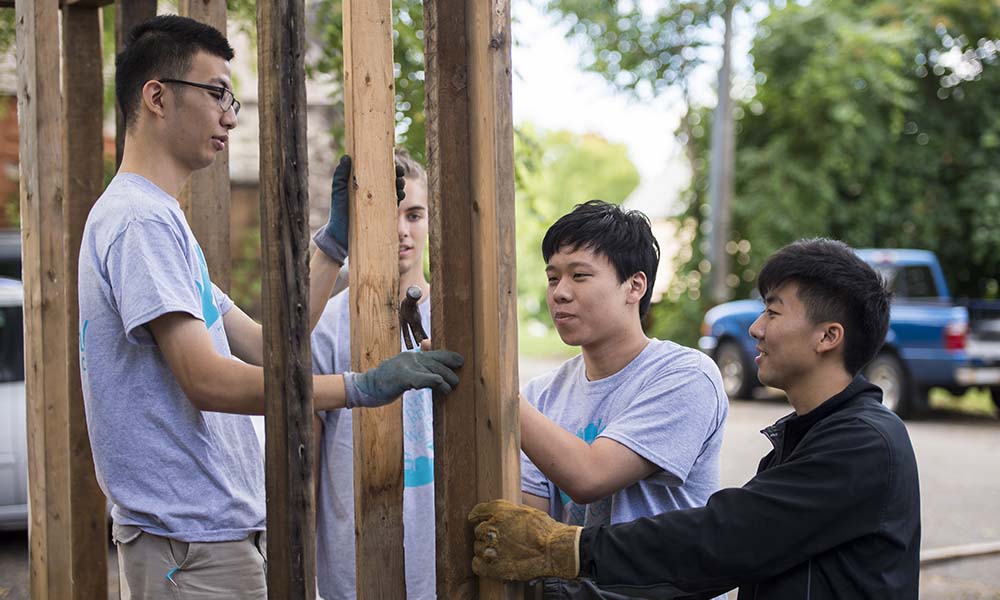 Gandhi Institute focuses on youth initiatives to curb violence
Gandhi Institute focuses on youth initiatives to curb violence
The University affiliate, offering programs, workshops, and outreach to teach de-escalation practices, enters its fourth decade.

